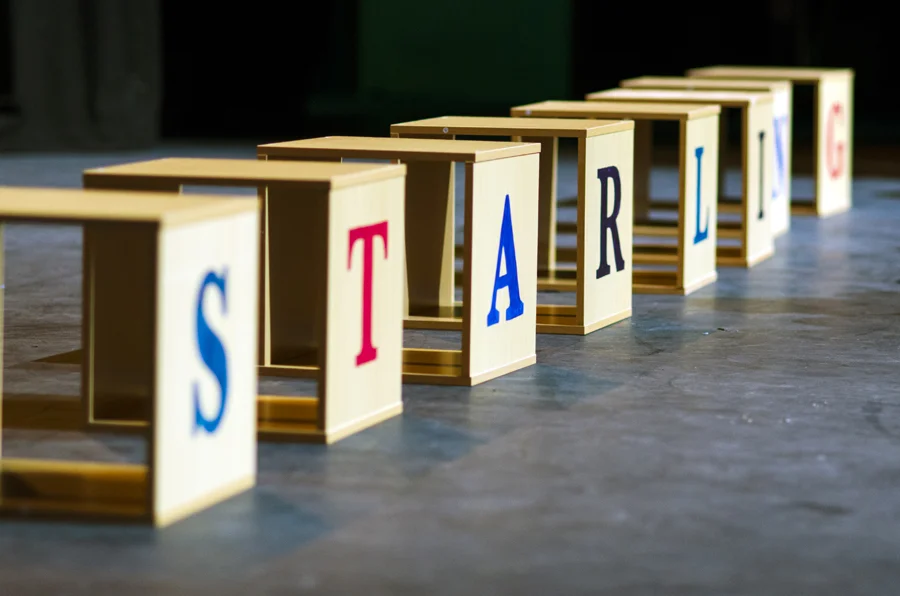The Power of Breath
/This month we look at three simple breathing exercises that will engage, strengthen and enhance the breath.
Breathing techniques can be a powerful tool to support our bodies and minds. With benefits such as improving breathlessness, aiding breath control, reducing anxiety and tackling stress.
Please remember to take each exercise slowly and carefully and stop if you experience any discomfort. These exercises are not intended to replace any sort of medical care. Please consult your doctor or a specialist if you require additional support with your breathing.
These simple techniques can reduce breathlessness, encourage a more free and connected breath, and enhance wellbeing.
Gentle Breathing
This breathing technique involves a controlled breath that uses the least effort. It can be particularly beneficial when you’re feeling anxious or short of breath.
This gentle breath utilises your main breathing muscle - the diaphragm. It can reduce tension and support the body to breathe easily and calmly.
To practice this gentle breath:
Find a comfortable position, standing or seated. Let your arms be relaxed and your shoulders and body be loose
Close your eyes to help you relax and focus on your breathing
Place one hand on your chest and the other on your stomach
With your mouth closed, breathe in through your nose. Use as little effort as you can. You may feel your stomach move against your hand. Aim for the hand on your chest to hardly move.
Keeping the breath smooth, let the air out through your nose, allowing your stomach to fall gently. Imagine all the tension in your body leaving as you exhale
With every exhale, try to let your body relax and gradually breathe more slowly
Aim for your out breath to last longer than your in breath.
Pursed lip breathing
Try a technique called pursed lip breathing. This makes breathing easier, reducing shortness of breath and releasing air trapped in the lungs. This technique has the added benefit of enhancing relaxation and reducing the impact of stress on the body.
To try pursed lip breathing:
Relax the face and body whilst breathing out
Take a breath in through your nose, counting to 2 in your head. Keep your mouth closed for this part if you are comfortable doing so
Purse your lips as if you’re blowing out candles on a cake then slowly breathe out to a count of 4. You don’t need to force the air out, but instead allow the breath to slowly and gently pass through your lips
Repeat this exercise regularly throughout the day.
Diaphragmatic breathing
The diaphragm is a very important muscle for breathing.
As we get older or if we encounter lung conditions, we can begin to rely more on the accessory muscles of the neck, shoulders and back to breathe, rather than on the diaphragm.
Diaphragmatic breathing helps to retrain this essential muscle to be more effective, as well as having a stress relieving effect.
To work on diaphragmatic breathing:
Sit, stand or lie down with relaxed shoulders
Place one hand on your chest the other on your stomach
Breathe in through your nose for 2 seconds, feeling your stomach move outward. Aim to have your stomach move more than your chest
With pursed lips, breathe out slowly through your mouth. Notice how your belly button moves back towards your spine.
Repeat the exercise a few times a day.
Day to day life is full of stresses and overwhelm. This can lead us to not breathe in the most functional and effective ways. Building a little bit of time into each day to do one of the above exercises is a great way of resetting the system and calming your body and mind in the process.


